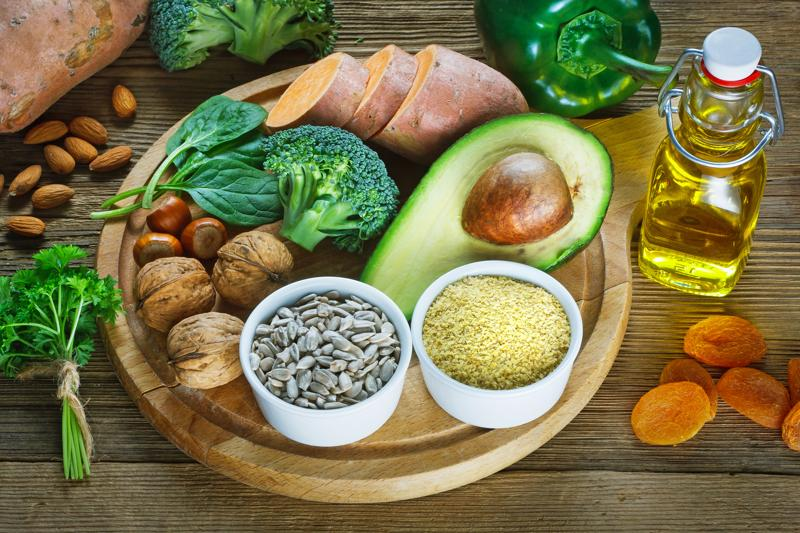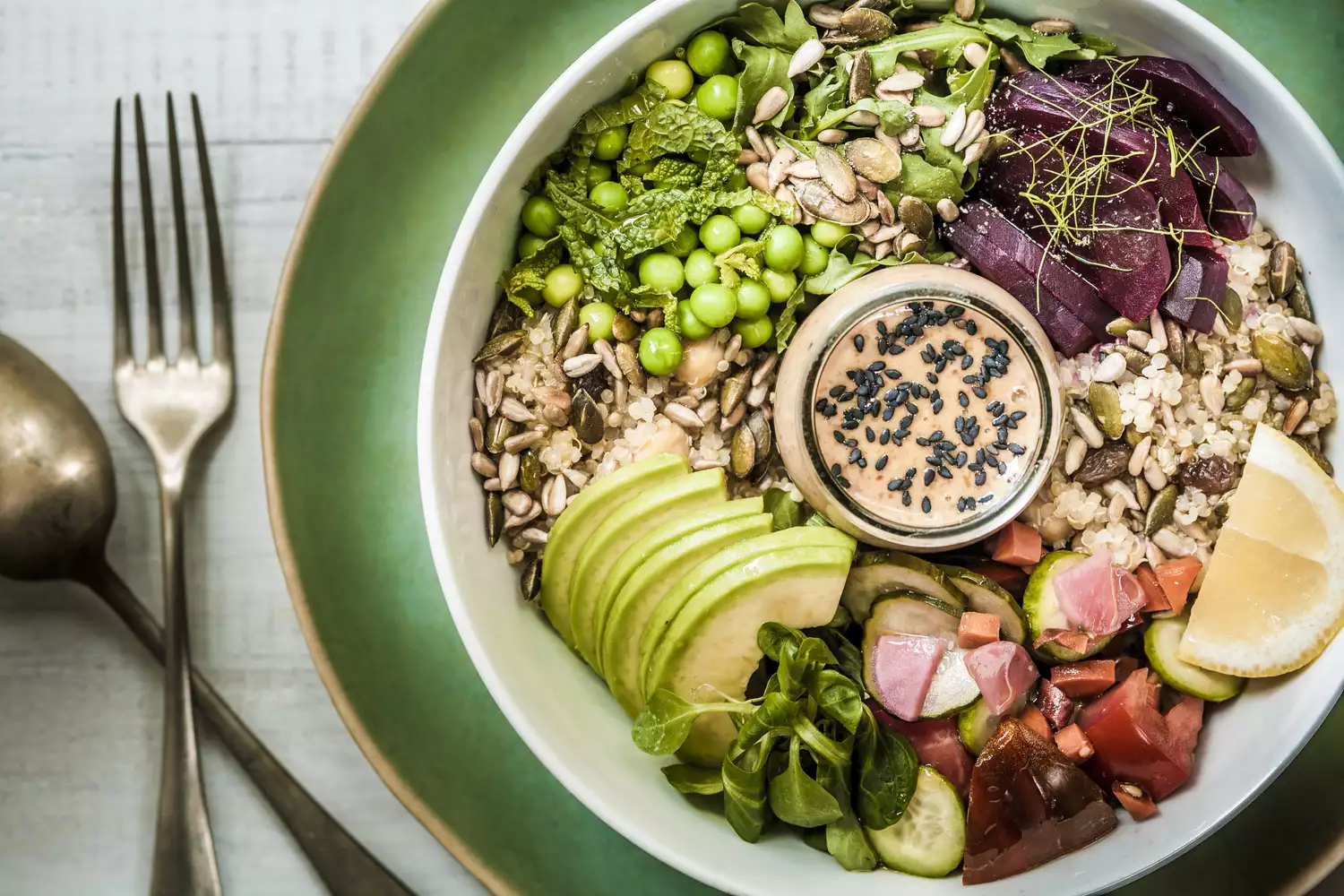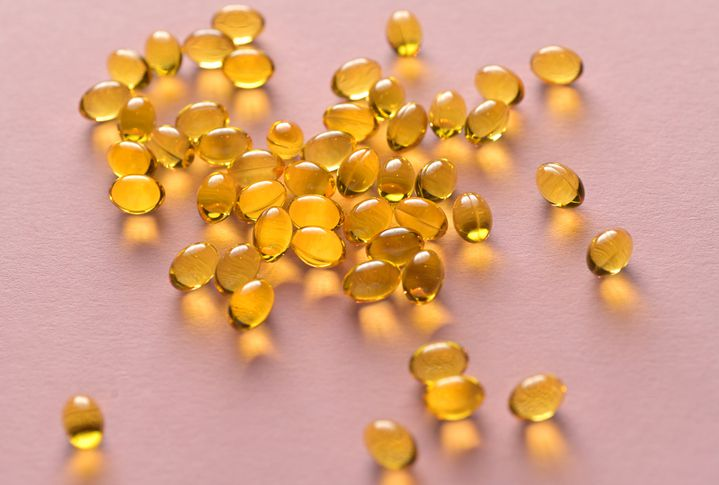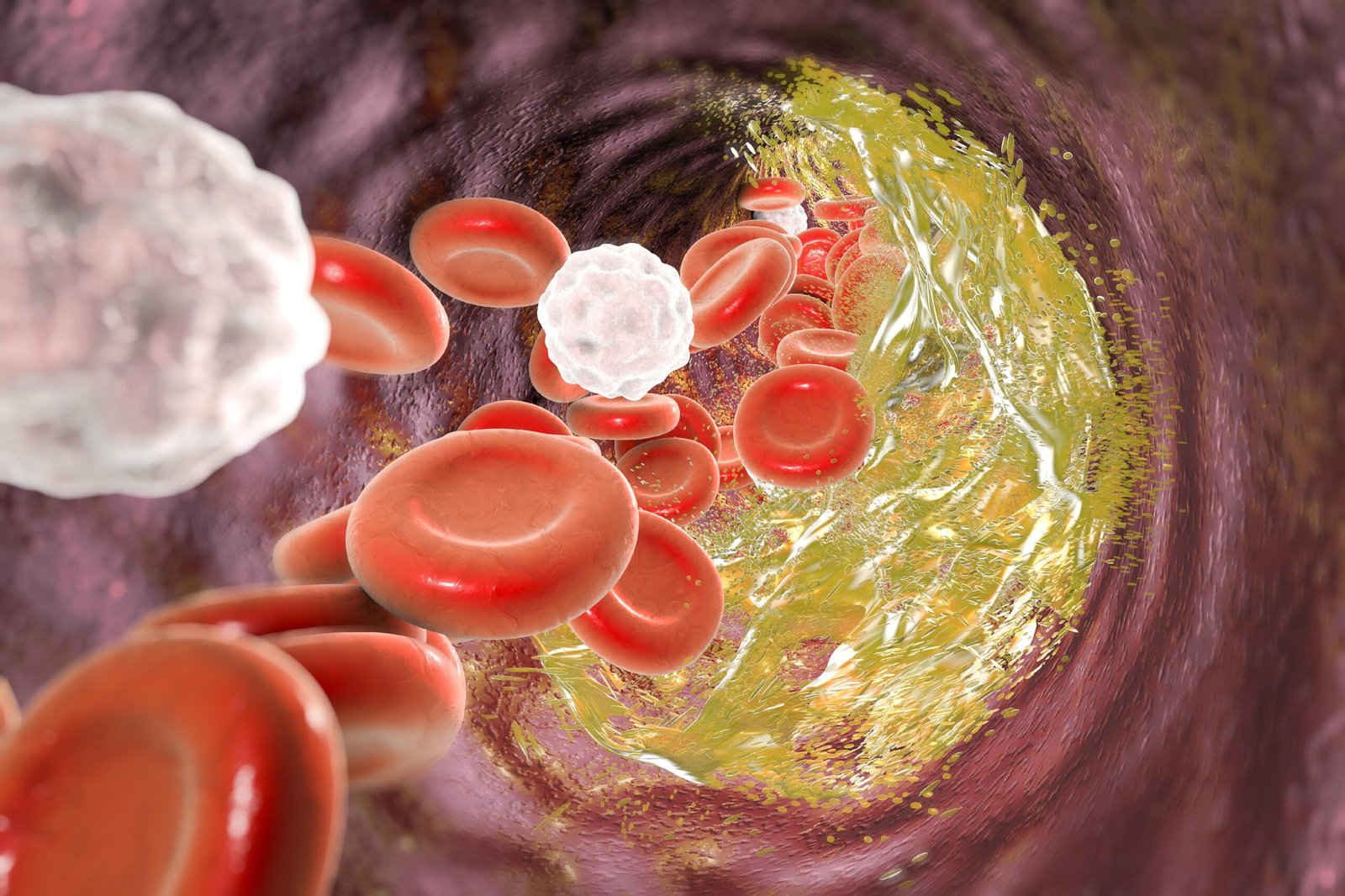When most people hear vitamin E, their mind jumps straight to skincare—fading fine lines, hydrating skin, maybe even breaking open capsules to smear on their face.
But here’s the truth bomb: vitamin E is way more than a “beauty vitamin.” In fact, if you only use it topically, you might be missing out on its real superpowers for overall health.
What Vitamin E Really Does
Vitamin E is like your body’s personal bodyguard against free radicals—tiny troublemakers that damage cells, speed up aging, and raise your risk for chronic disease.
Its health benefits include:
Protecting cell membranes and slowing down skin and organ aging
Supporting immune function and helping you fight off infections
Improving blood circulation, reducing platelet clumping, and lowering blood clot risk
Shielding skin from UV damage
Possibly playing a role in managing diabetes and cardiovascular health
Note: While vitamin E can support skin health, oral supplements work more like a long-term investment in your whole body, not a quick “apply-and-glow” solution.
Types & Sources of Vitamin E
Vitamin E exists in eight forms, but the MVP is alpha-tocopherol—the most biologically active in humans.
Food sources include:
Nuts & seeds: Almonds, hazelnuts, sunflower seeds (100g almonds = ~25.6mg vitamin E)
Vegetable oils: Sunflower seed oil, wheat germ oil, olive oil (wheat germ oil = ~149mg/100g)
Leafy greens: Spinach, broccoli
Seafood: Salmon, eel
Supplement types:
Natural vitamin E (d-alpha-tocopherol): Higher absorption
Synthetic vitamin E (dl-alpha-tocopherol): Cheaper but less bioavailable
Recommended Daily Intake (NIH guidelines)
Adult men: 15 mg/day
Adult women: 15 mg/day
Lactating women: 19 mg/day
Most balanced diets can meet this, but some people might need extra help.
Who Should Pay Extra Attention?
People on high-fat diets or smokers (higher free radical load)
Those with chronic conditions like diabetes or atherosclerosis
Athletes doing intense training (increased oxidative stress)
People who rarely eat nuts, vegetable oils, or green veggies
Individuals with fat absorption issues (e.g., gallbladder removal, malabsorption disorders)
Cautions & Interactions
Long-term high doses (>300 mg/day) may increase bleeding risk
If you’re taking blood thinners like warfarin, use with caution
Those with bleeding disorders or upcoming surgery should consult a doctor
Vitamin E is fat-soluble, so excess builds up in the body—don’t mega-dose without reason
Practical Tips for Getting Enough Vitamin E
1. Shopping Smart
Go for natural vitamin E (d-alpha-tocopherol) when possible
Check labels for milligrams (mg), not just International Units (IU)
Avoid unnecessary mega-doses and be wary of products pairing huge amounts of vitamin E with high vitamin A
2. Absorption Hacks
Take with a fat-containing meal (nuts, avocado, oily fish)
Pair with vitamin C for a synergistic antioxidant boost
Common Myths About Vitamin E
“Just rub it on your skin for anti-aging.” Topical benefits are limited, and it’s not ideal for oily or acne-prone skin.
“The more, the better.” Overdoing it can backfire.
“Supplements alone will keep you young.” Diet, exercise, and sleep are still the holy trinity of longevity.
One-Day Vitamin E Meal Plan (~15 mg)
Breakfast:
2 slices whole grain bread
20g almonds (~5mg vitamin E)
1 cup milk
Lunch:
4 oz steamed salmon (~2mg vitamin E)
Spinach salad with olive oil dressing (~4mg vitamin E)
Brown rice
Dinner:
Stir-fried broccoli with 10g sunflower seed oil (~3mg vitamin E)
1 egg
100g sweet potato
Cooking tips:
Steam salmon with a dash of olive oil and black pepper for 8 minutes
Toss spinach salad just before serving to preserve nutrients
Avoid prolonged high-heat frying to keep vitamin E intact
Bottom line:
Vitamin E isn’t just your skin’s BFF—it’s a full-body protector, quietly fighting oxidative stress while you go about your day. Treat it like a team player in your wellness game, not a one-trick beauty hack.




